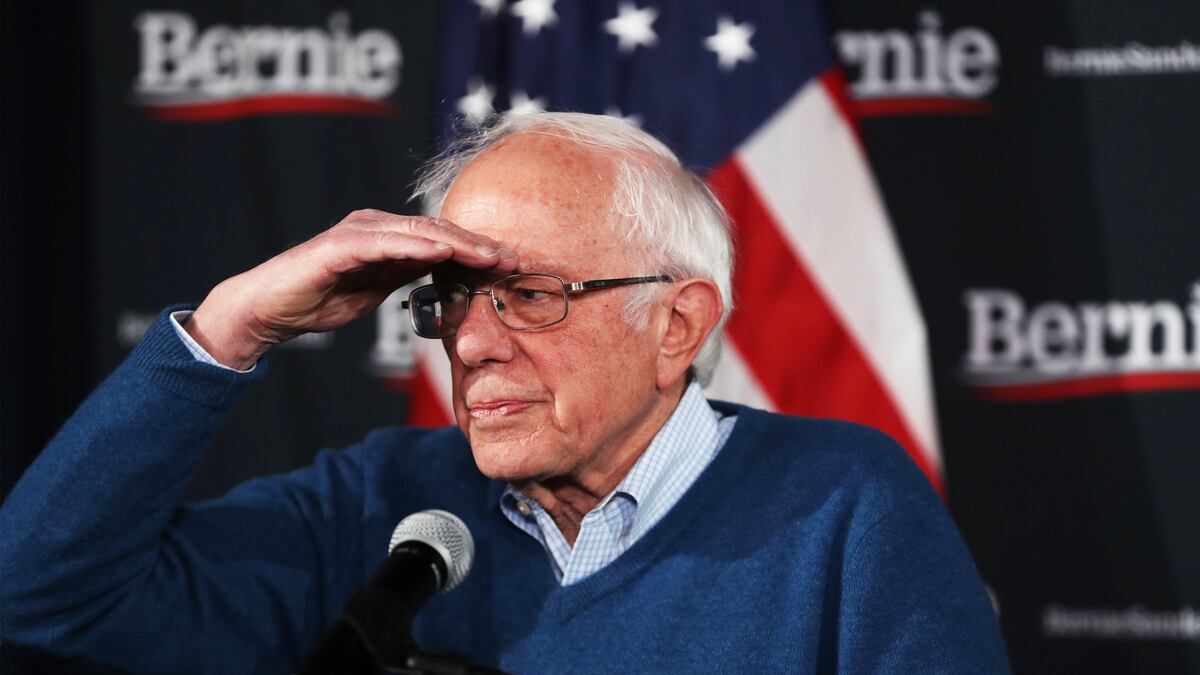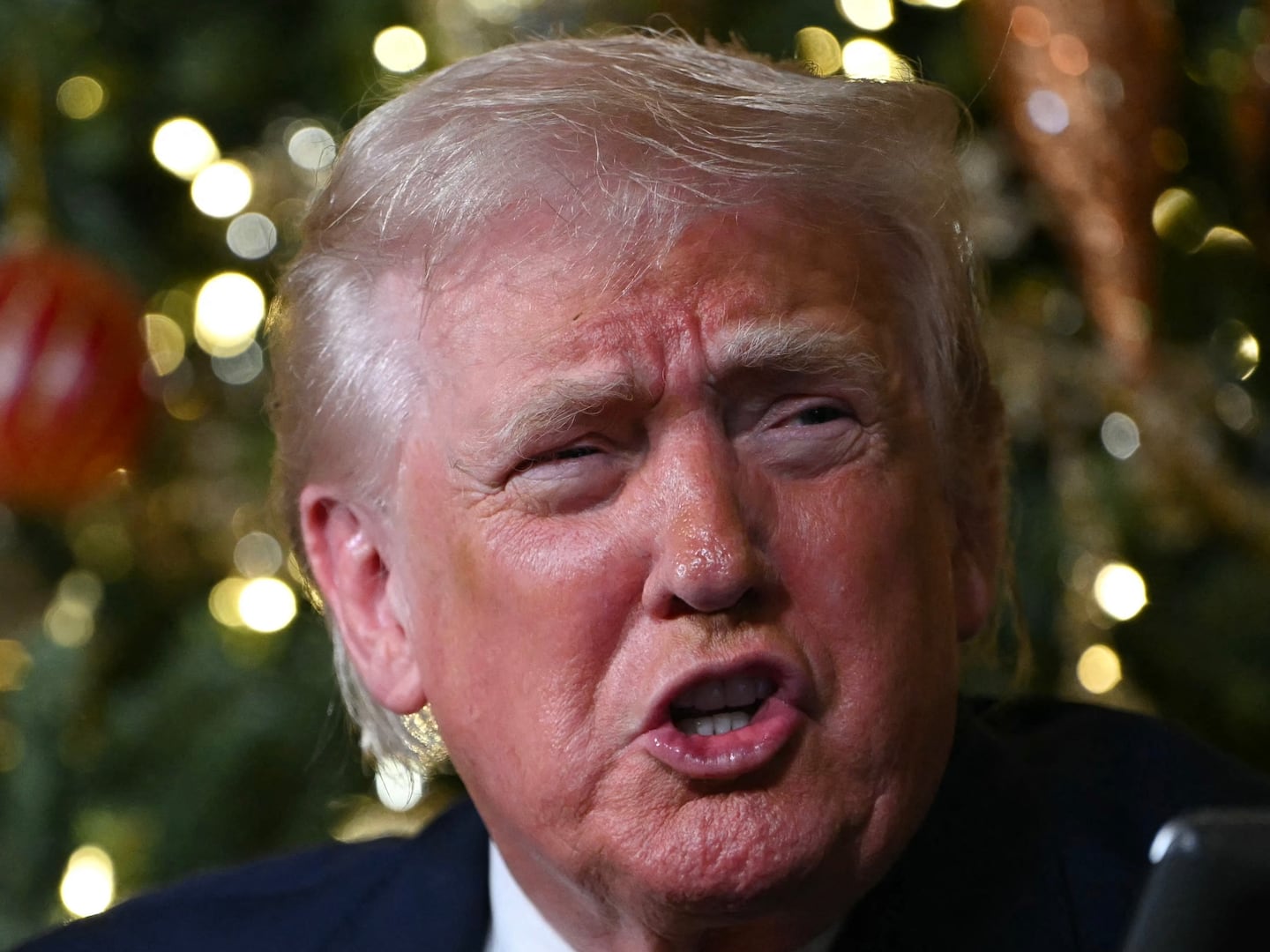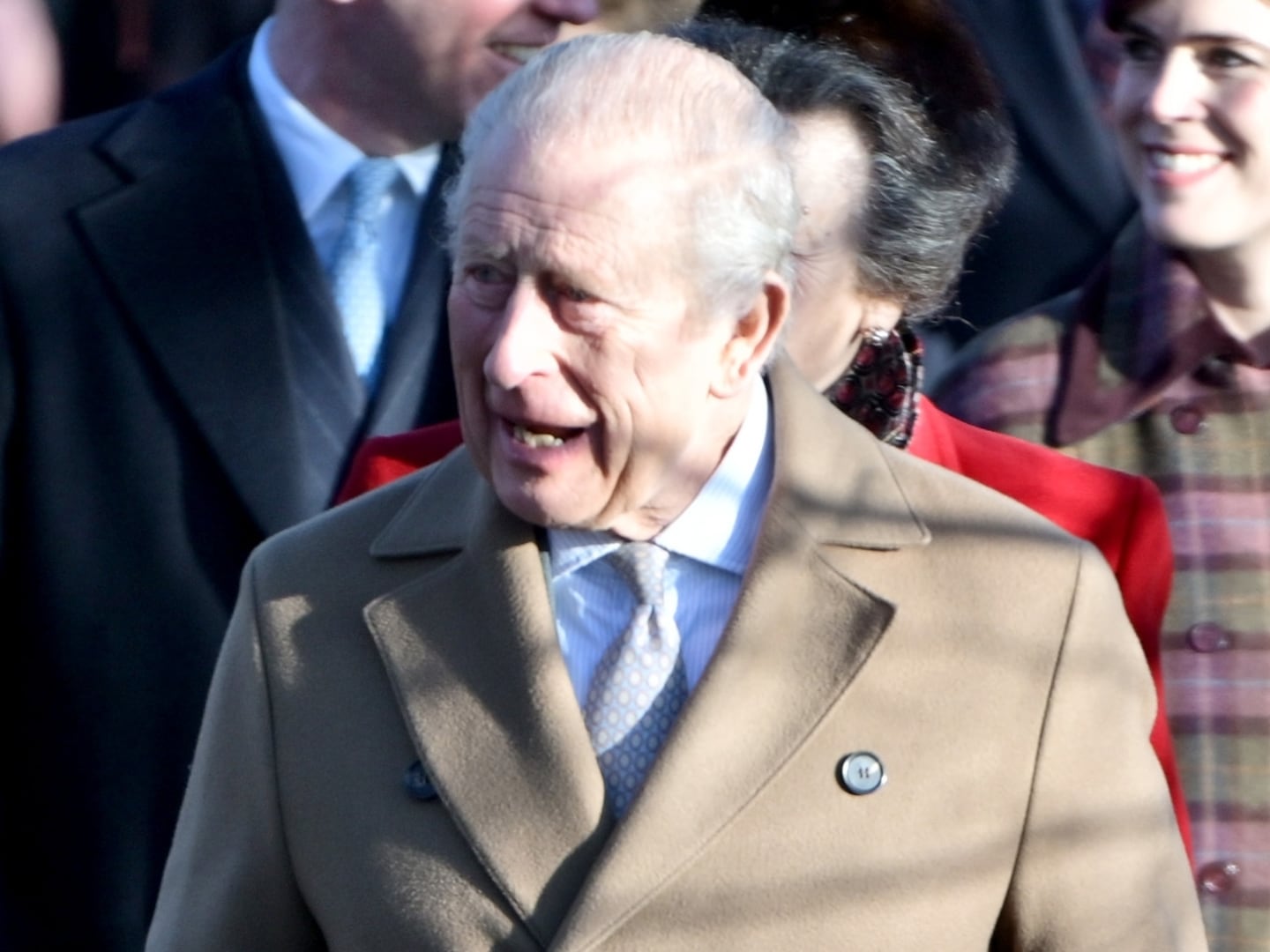MANCHESTER, New Hampshire—Sen. Bernie Sanders (I-VT) spent part of his Thursday in New Hampshire claiming victory from the still-unresolved caucus in Iowa four nights prior.
But what was supposed to be a moment of triumph was complicated by a larger fear. The senator is on track to win the most votes when the count is said and done. But the number of voters who turned out in Iowa for all the candidates was lower than anticipated, prompting concerns about enthusiasm within the party.
“I would have liked to have seen a higher turnout. And I think I can probably speak for every other candidate,” Sanders conceded to reporters who had packed into his Manchester headquarters on a chilly afternoon five days before the New Hampshire primary.
Just one week ago, few Democrats would have anticipated that voter enthusiasm would be a worry for the party. Most public surveys have shown massive interest in voting. As recently as this spring, excitement about voting was matching the numbers recorded on the day before the 2016 election.
For Democrats in particular, electoral participation seemed like a matter not worth worrying about. An overwhelming desire to oust President Donald Trump from office, the theory went, would prompt a record number of registrations and huge surges of activism.
But data from the Iowa caucus has suddenly put those theories into doubt. Turnout was roughly around 2016 levels (around 175,000) but way off of the record set in 2008 (236,000), the last time the Democratic Party was running while a Republican was occupying the White House. And Sanders isn’t the only one noticing.
“As a citizen, am I worried about it? Yeah. Especially after the explosive turnout of ’17 and ’18,” said David Axelrod, who helped spearhead the historic Barack Obama Iowa caucus win in 2008. “There are more benign explanations, like it is a caucus and the candidates were in Washington and not there to stir up the turnout. But there is another possibility, which is that people just felt dispirited. That’s a danger for Democrats. The Trump effort is infused with cynicism. And propagating cynicism can be a powerful tactic if you’re trying to depress an opponent’s turnout.”
“That is a big concern,” he added, “that a dispirited electorate, beaten and burnt out, just walks away.”
In interviews with activists and operatives throughout the party, reactions to the turnout in Iowa have ranged from alarm to nonchalance. But underneath it all is a belief that the party needs to ensure that the message it is conveying to voters is more than just disgust with Trump. Months of focus on impeachment ended this week not just with an acquittal but with conflicting party focuses: a national conversation centering on investigations into the president’s conduct, and the local campaigning that leaned into other matters.
For a party that made historic gains in the 2017 and 2018 elections largely on an aggressive focus on protecting and expanding health care rights, it has been perplexing to some that such a message is no longer being uniformly amplified.
“We had a real time experiment and it is called 2018, where we got really qualified people, diverse and patriotic, and they took a blood oath that they were going to talk about things that mattered to people,” said longtime Democratic operative James Carville. “And it produced the highest turnout in over 100 years and the biggest margin ever. To use a football metaphor, Why don’t we run the same play, coach? Let’s try that one again.”
But not everyone in the party is sweating the Iowa results, arguing that it would be foolish to extrapolate larger trends from one election alone. Andrew Gillum, who has launched a voter-registration effort since his failed run for governor of Florida in 2018, noted that caucuses are historically low-turnout events and that Iowa as a whole has trended more Republican since Obama’s win there in 2008.
“So of course there are fewer Democrats to attend a caucus in the first place,” said Gillum. “Sometimes a big field of candidates means a high turnout, but sometimes it means that voters are open to several candidates and ultimately just want to win and defeat Trump.”
Addisu Demissie, Sen. Cory Booker’s (D-NJ) presidential campaign manager, noted that many caucus voters remained undecided until the very end, which inherently meant that they weren’t yet ready to make commitments to participate in the political process.
“I think it’s a little early to chalk that up to lack of enthusiasm instead of paralysis by analysis,” said Demissie. “Talk to me after a couple primaries.”
And Rep. Pramila Jayapal (D-WA), a member of the Congressional Progressive Caucus who endorsed Sanders, also opted for a cautious approach: “We don’t have the detail to know exactly what that turnout looked like,” Jayapal told The Daily Beast. “I’m not taking any lessons from that yet, from Iowa.”
But Iowa was supposed to provide some lessons in how to expand the universe of voters. Members of the Democratic Party undertook specific reforms after 2016 that were designed explicitly to encourage more turnout, including adding satellite caucuses, a key change approved by the Democratic National Committee after a vote by the Rules and Bylaws Committee. Early results show at least some success, with at least one major demographic: according to a Washington Post entrance poll, youth voters aged 17 to 29 made up 24 percent of total Iowa Democratic caucus-goers in 2020, a six-point increase from 18 percent in 2016. But that was a silver lining in a night otherwise marred by bureaucratic ineptitude and uninspiring turnout.
“What should most concern us is that turnout might have barely kept pace with 2016 levels, and fell well below the historic turnout of 2008,” wrote former Rep. Beto O’Rourke, who abandoned his own presidential run in 2019. “We’re in the middle of a national emergency, and people are staying home.”
Adding to the sense of despair among Democrats is the fact that there was no clear winner from Iowa. Both Sanders and former South Bend Mayor Pete Buttigieg have claimed victory. But there were also reports of irregularities and inconsistencies with the ballots that could leave the results unclear for days or weeks. On Thursday afternoon, Democratic National Committee Chairman Tom Perez called for a full recanvassing effort in Iowa.
“Enough is enough,” Perez wrote on Twitter. “In light of the problems that have emerged in the implementation of the delegate selection plan and in order to assure public confidence in the results, I am calling on the Iowa Democratic Party to immediately begin a recanvass.”
Around the state, longtime Democrats’ responses were mixed when asked about whether the cloud over the Iowa results could potentially put a damper on turnout in New Hampshire. Some said they’d hardly thought about it. Others pointed to an upside—that is, having seen the mass chaos in Iowa, voters might feel more inclined to turn out and provide clarity through the primary process. Even some members of Congress acknowledged New Hampshire’s role in evaluating the overall early state turnout metrics.
“I think a more fair way is to take a look after New Hampshire,” Rep. Mark Pocan (D-WI) told The Daily Beast. “It probably will give us a better idea of where some of the folks are coming out and if there’s any drop-off.”
Sam Brodey contributed additional reporting.







